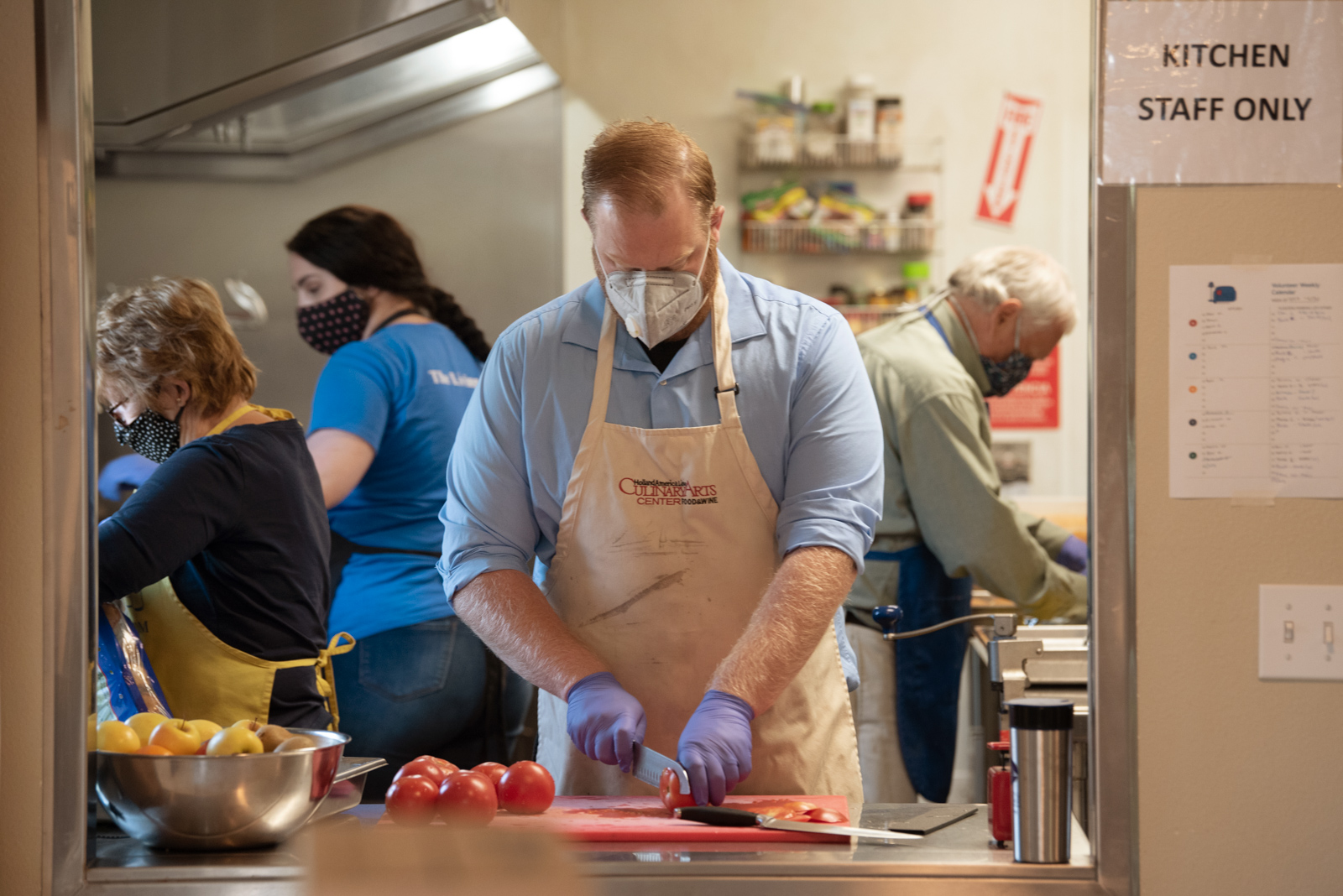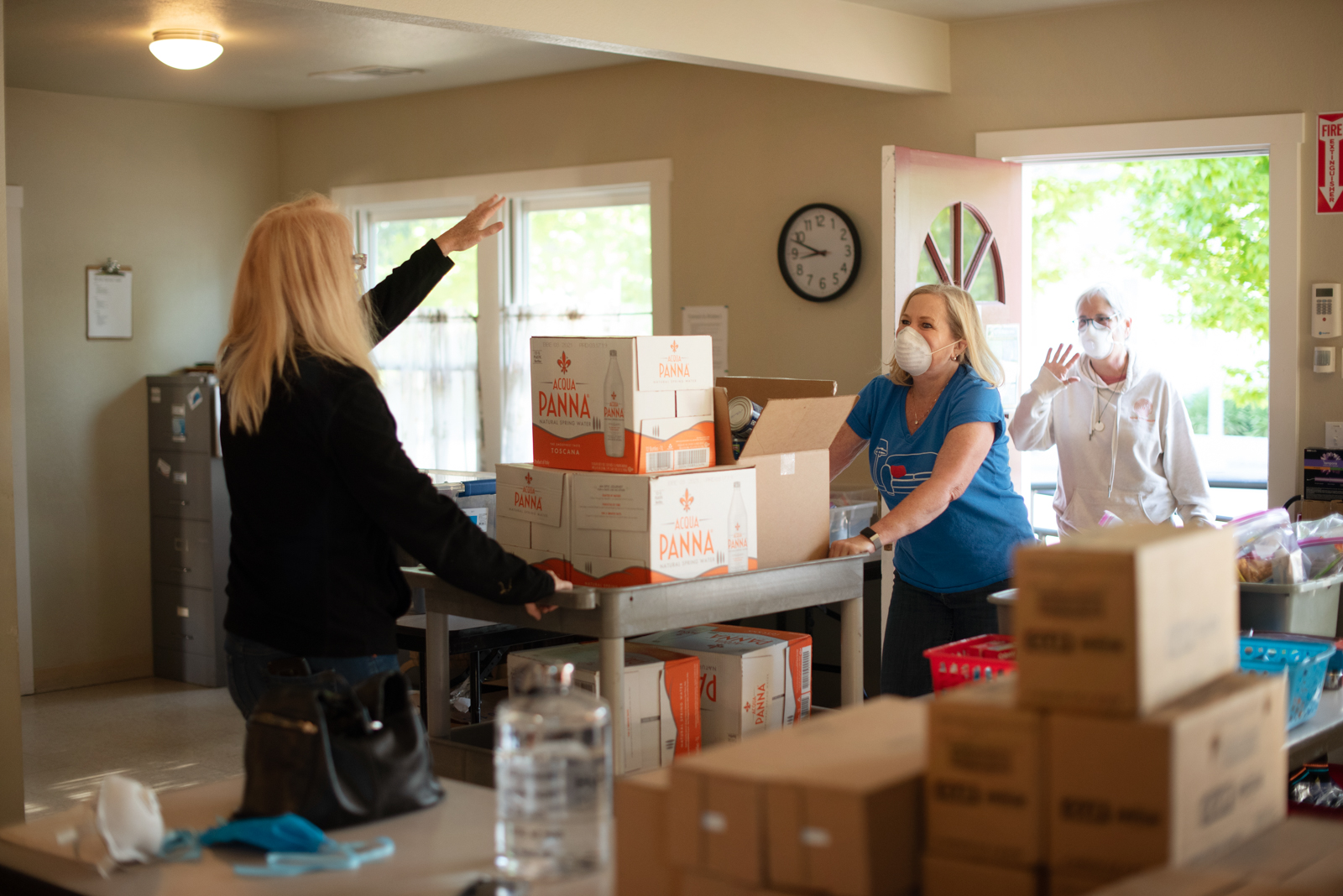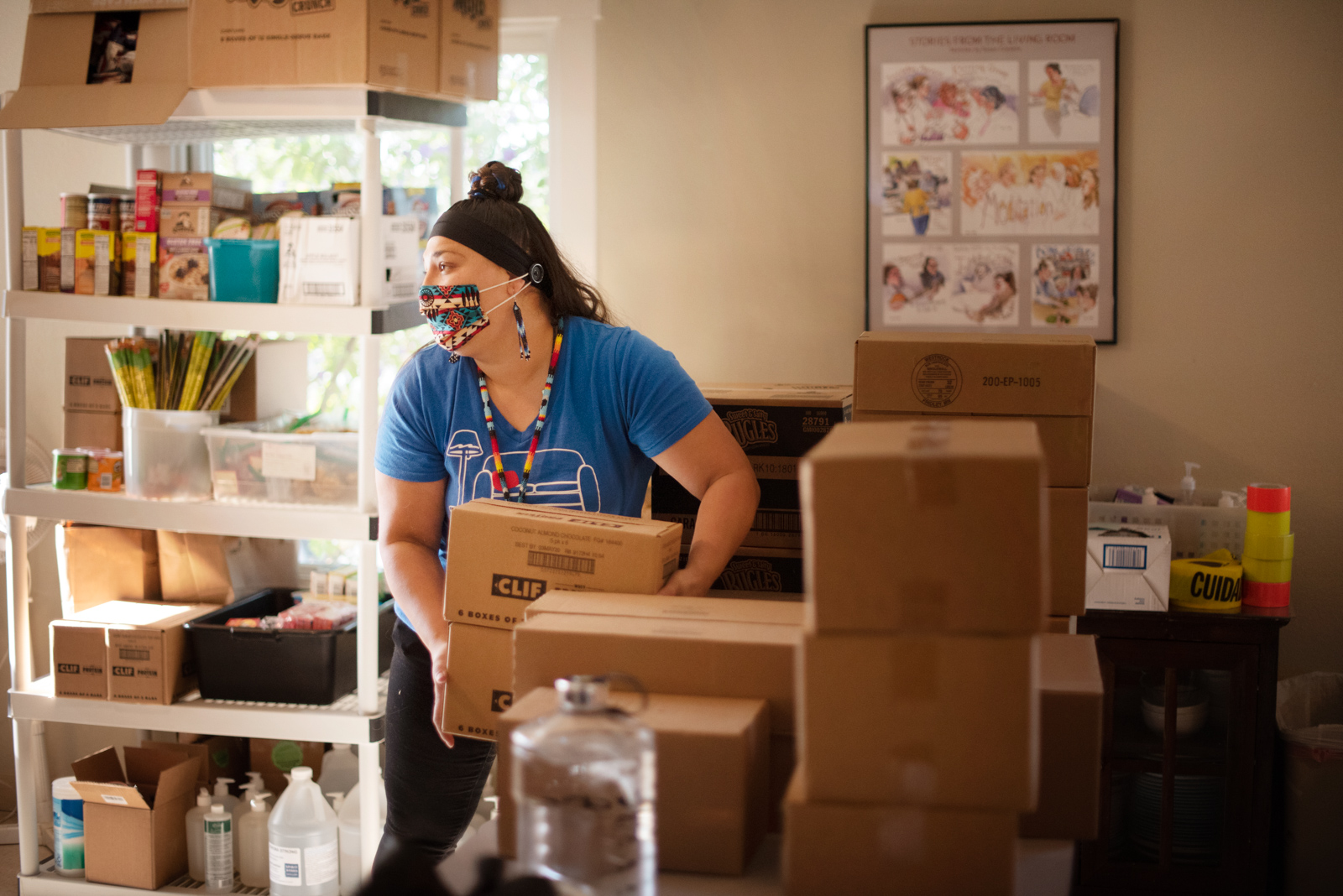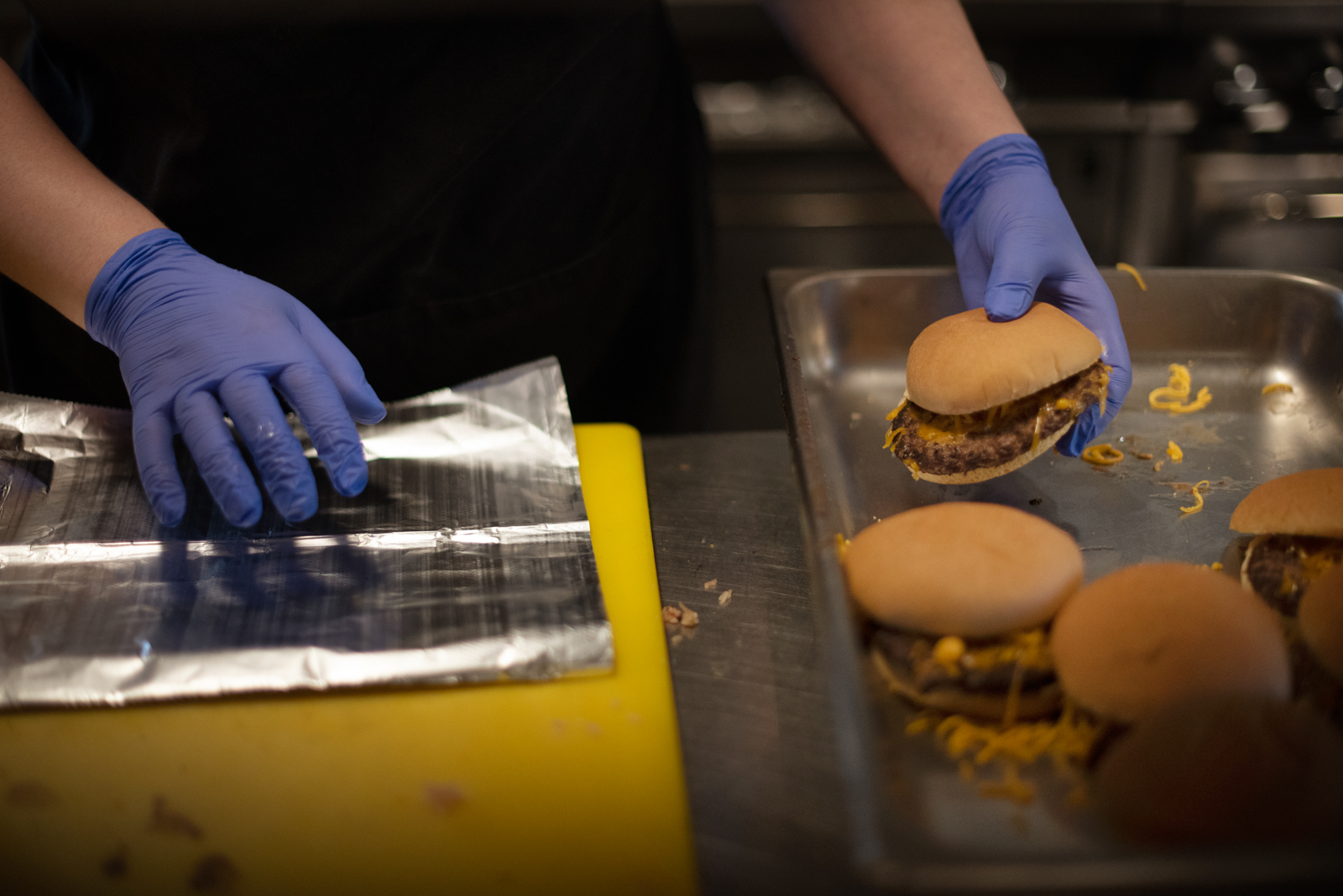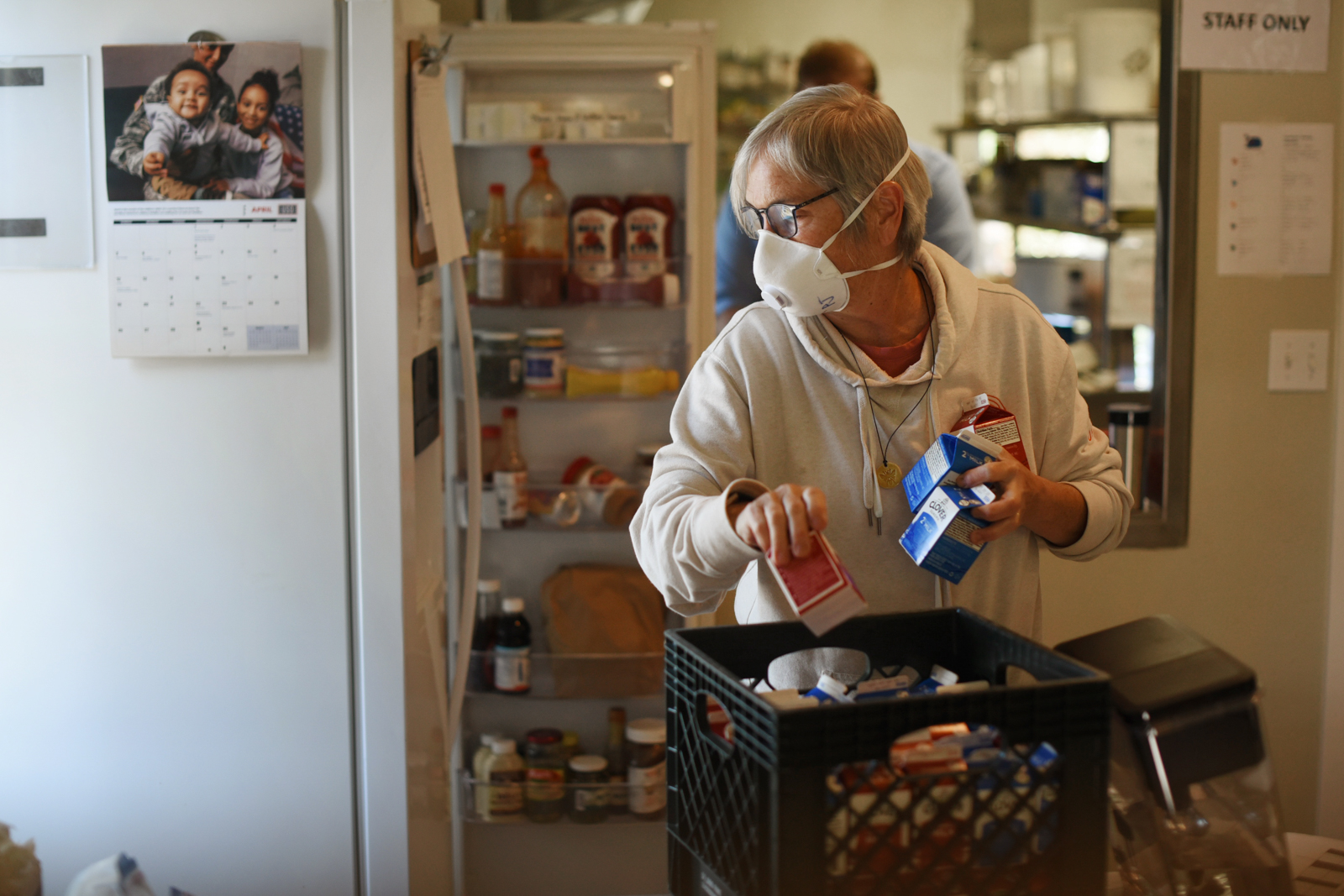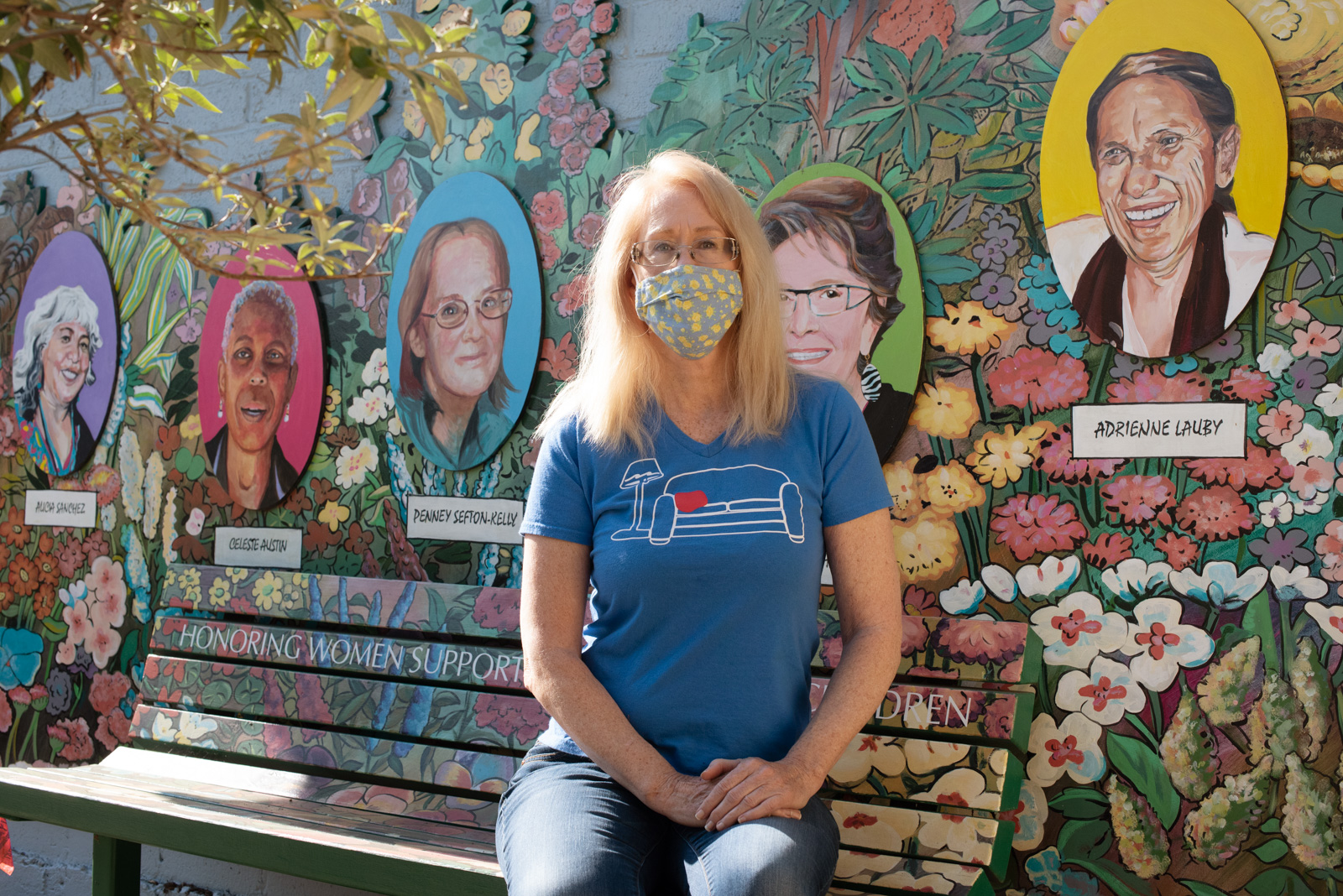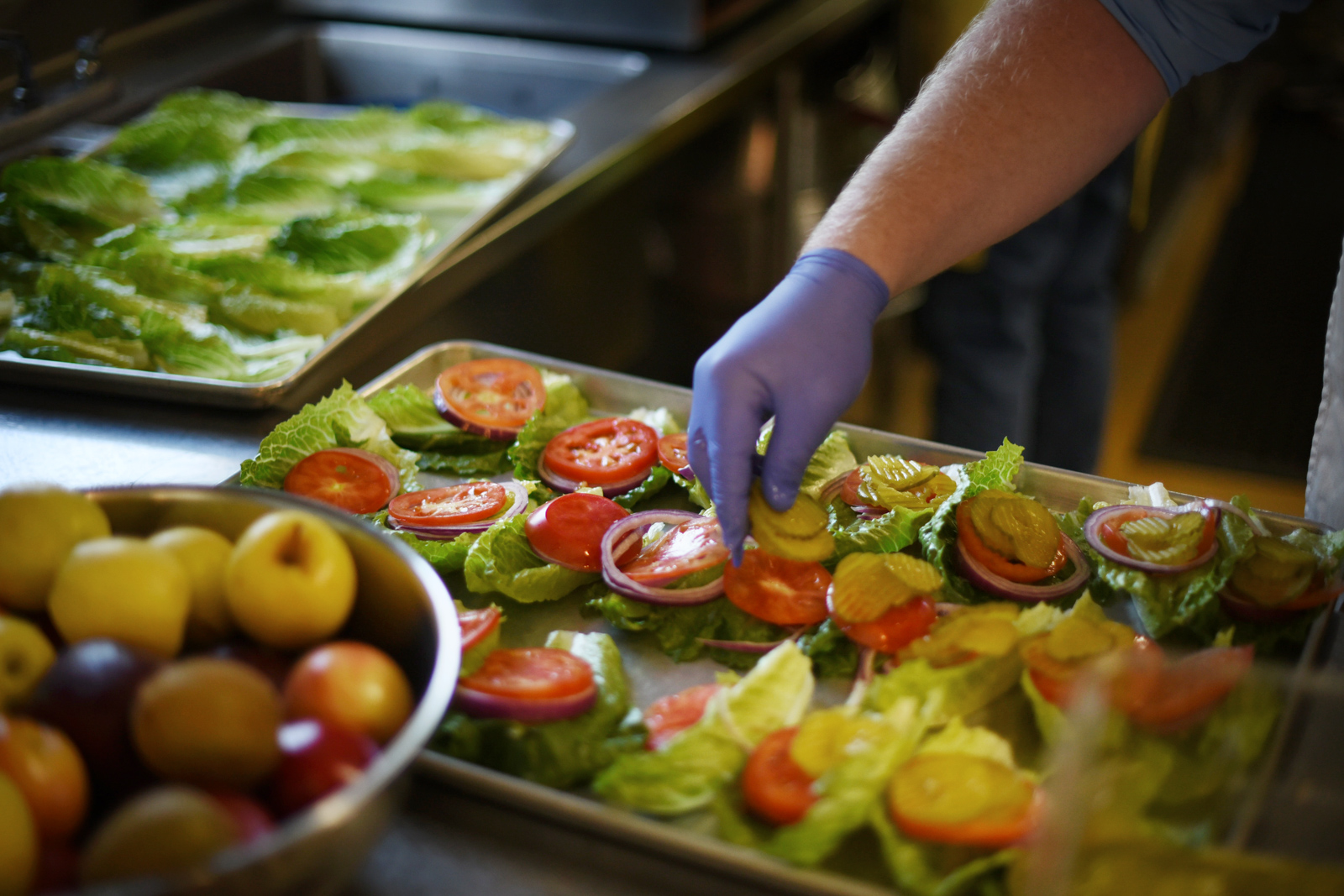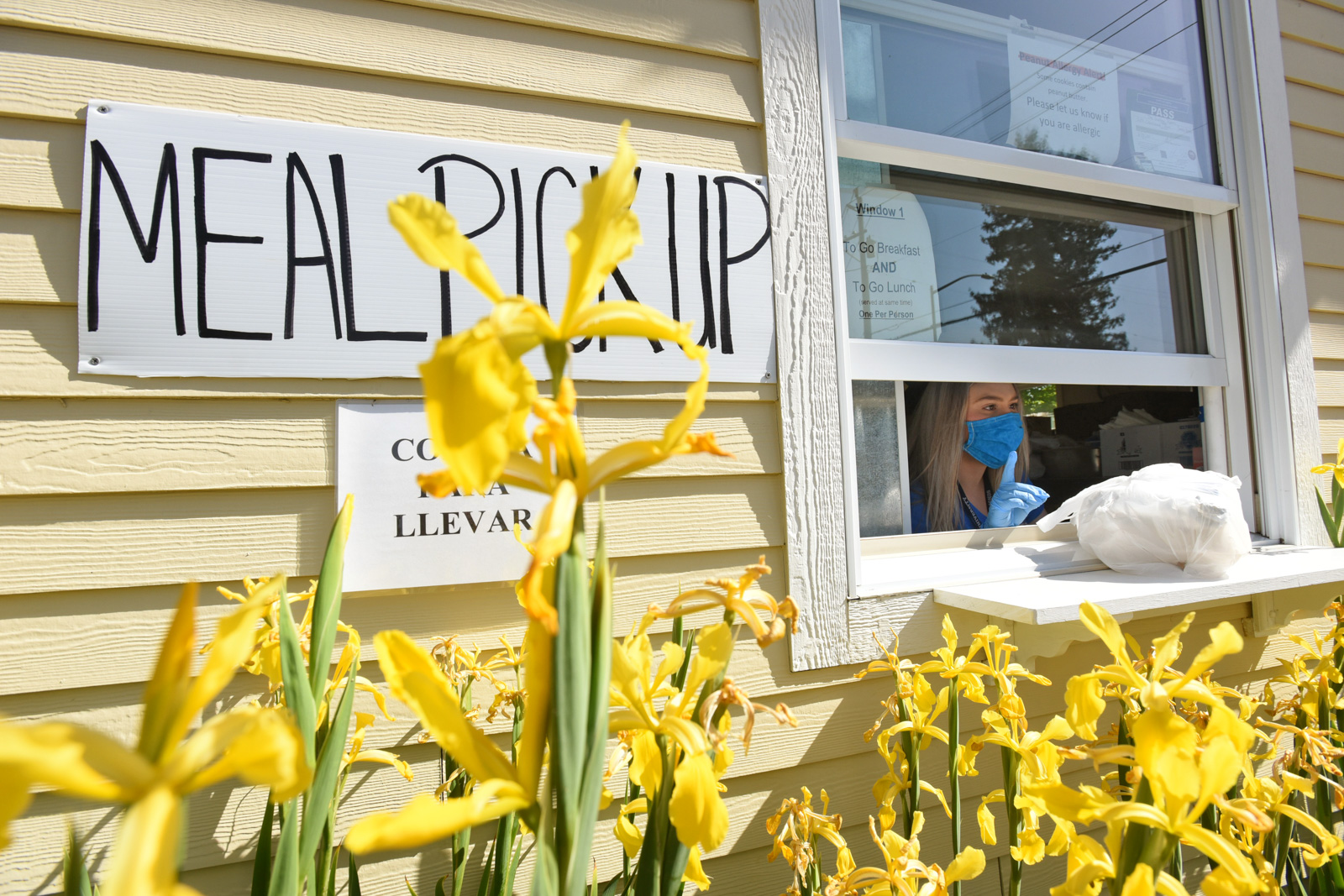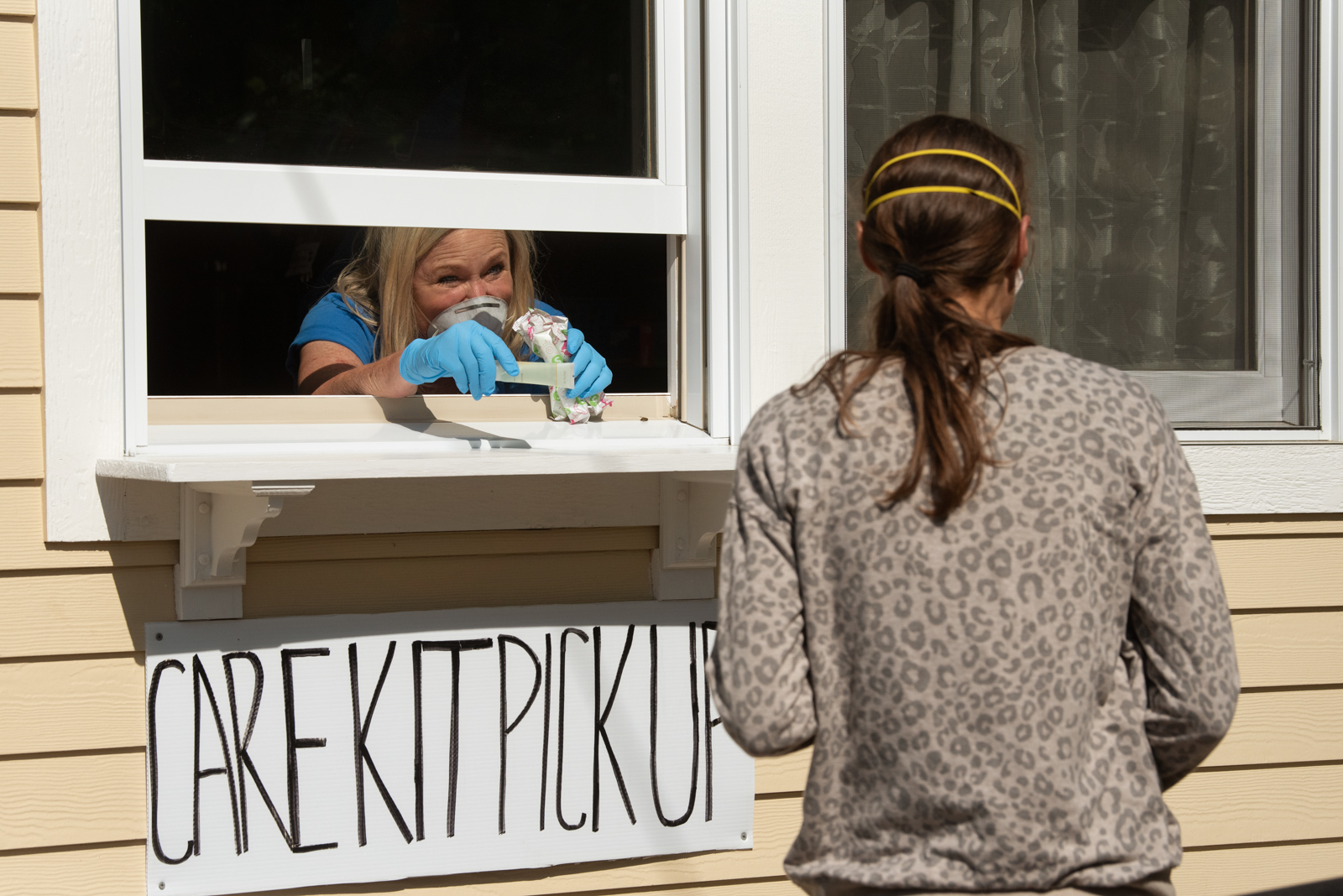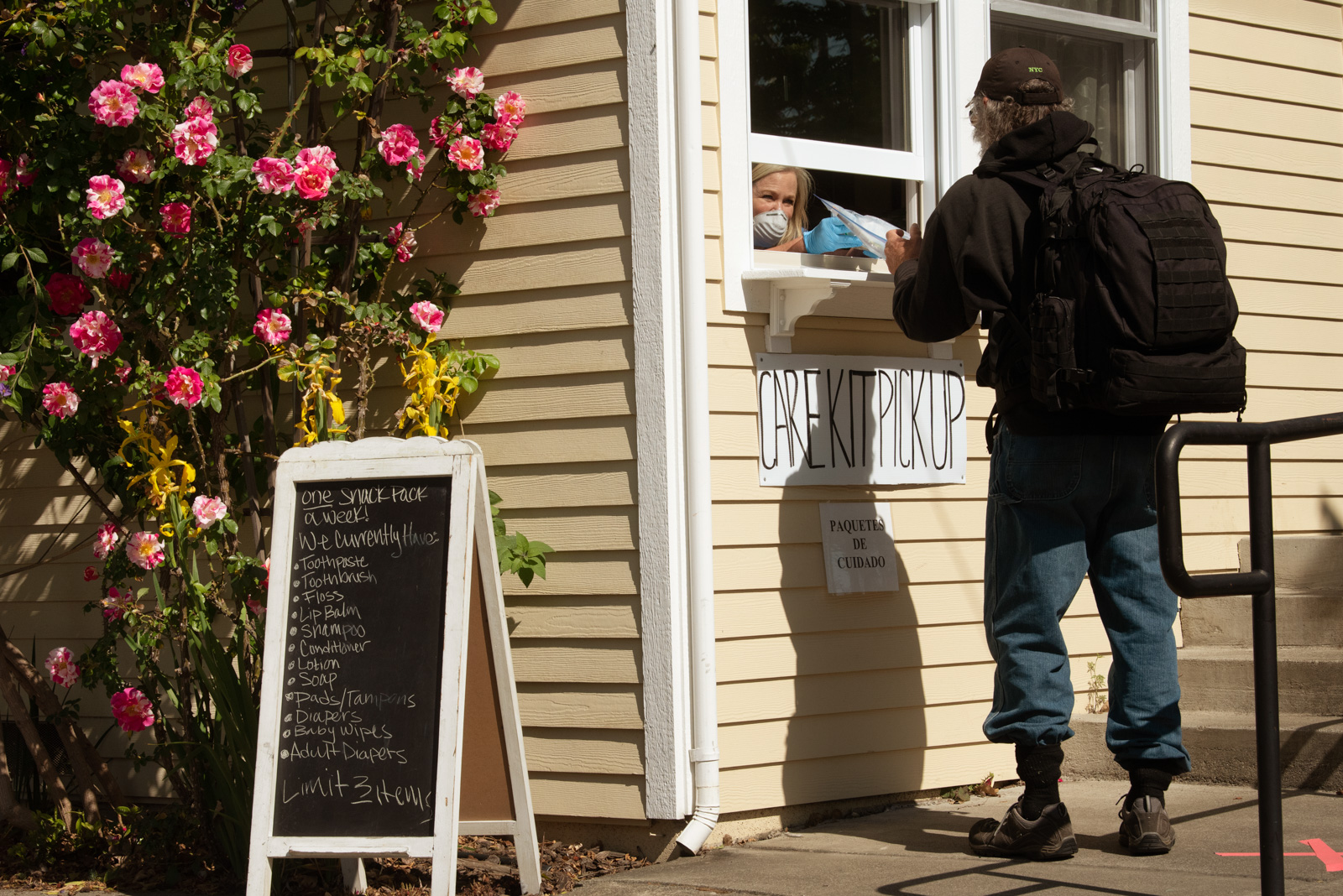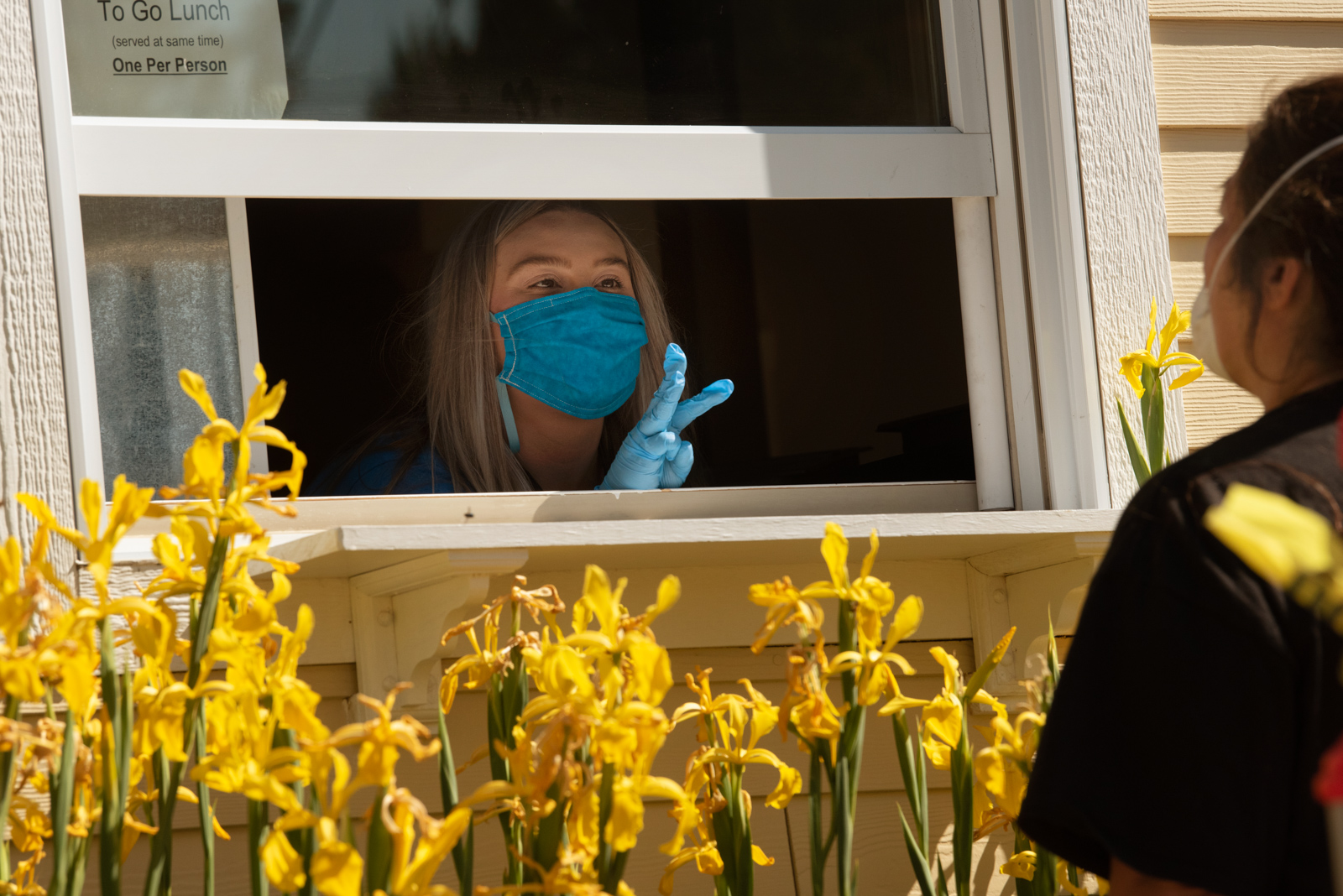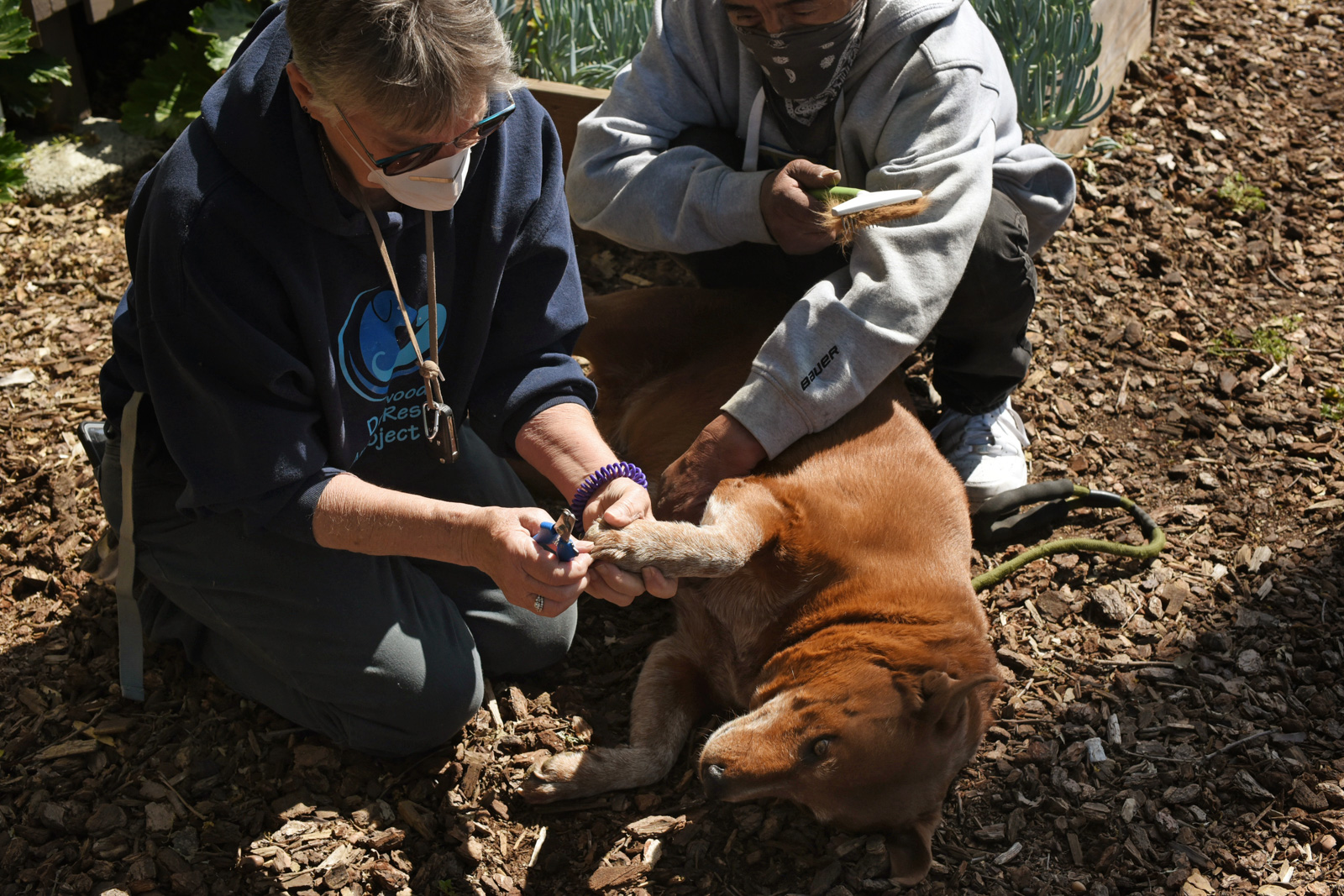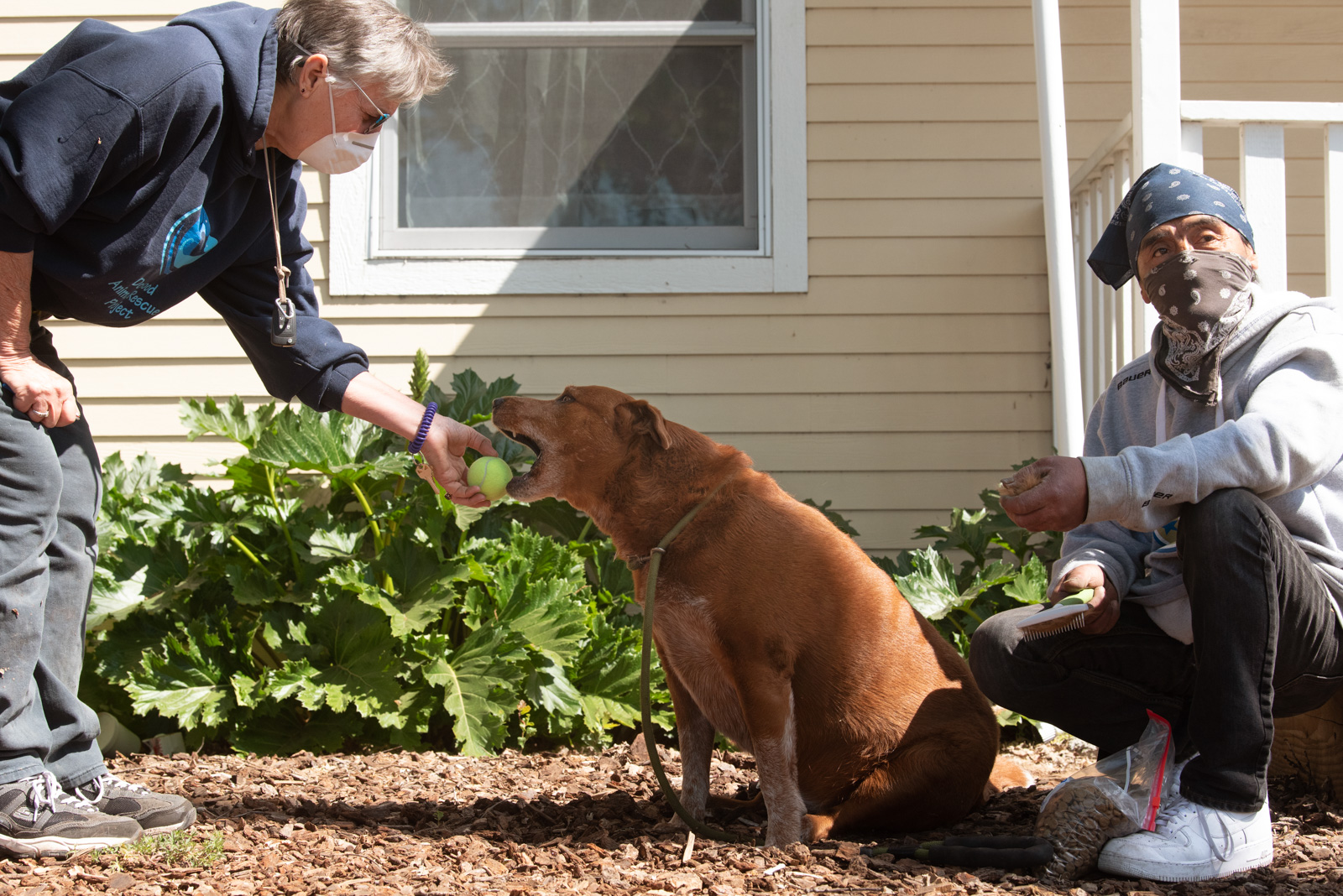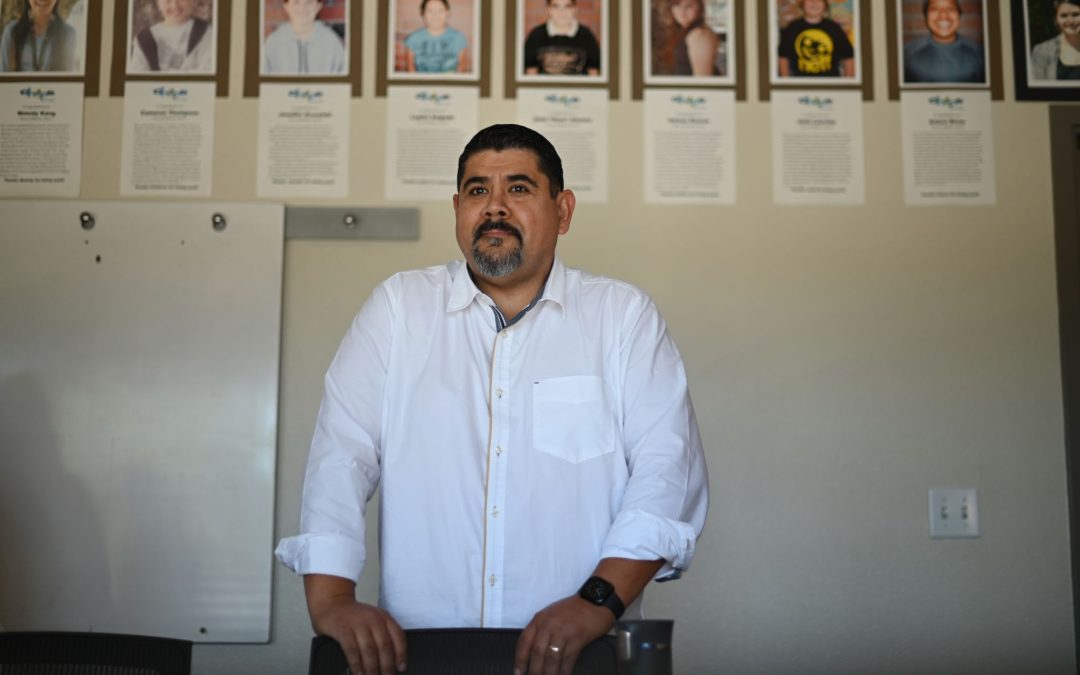Story by Dani Burlison, Photos by Erik Castro
Since 1993 The Living Room has provided a safe place for unhoused women and their children to go during the day while overnight shelters are closed. In the early days, a mere handful of women dropped in, had a cup of coffee or a snack, and carried on with their day. Today, The Living Room serves as a Santa Rosa based resource center for women in crisis, with a campus large enough to offer hot meals, laundry and mail services, showers, and over twenty classes from yoga to knitting to classes helping women learn how to cultivate self-esteem. The Living Room even has veterinarians who provide pet care. They also operate offsite transitional housing and provide tents and camping gear for women living on the streets.
Executive Director Cindy Pasko has been with The Living Room for about a year and a half. She says that before shelter in place orders were instated, roughly 70 women visited the site each day.
“We were just trying to figure out along a continuum of human existence, how we could show up with the most respect and kindness, recognizing that not everyone’s ready to do what we would like for them to do,” says Pasko, thinking back to their services before the coronavirus. “We want to support them for their safety and create a community connection. We’re recognizing that the greatest asset in life is connection with others, whether it’s our family, our friends, the relationships that we have.”
Women find the center on their own or through referrals from other agencies and Pasko says that some arrive in attempts to escape domestic violence or sex trafficking situations, or are dealing with the aftermath of sexual assault. Many women they serve live with dual diagnoses of mental health and addiction. Many are employed and simply need a place to rest or do laundry between work shifts.
Although The Living Room sees many women with young children, Pasko says a growing population of homeless women in their mid to late 70’s have been seeking their services, as well as an increasing number of people over 50 who are homeless for the first time, many of whom live in their cars.
Since COVID-19 has restricted direct contact between people, physical distancing has proved a challenge to the center, which at the core of their mission serves to bring people together. Yet, Pasko and her staff have worked quickly to adapt services and to prioritize to the changing needs in the community. The Living Room started with an essential need: feeding people.
“We recognized that regardless of what was happening, food was going to be a primary need,” she says. “So we decided to build on that.”
Instead of serving two hot dining room style meals inside each day like they did before the pandemic, staff at The Living Room arrives early and cooks enough food to hand out two hot bagged take away meals a day—and sometimes high protein snack bags—to anyone who shows up. Pasko says up to 170 people arrive hungry each day between 10am-1pm. The Living Room has also begun serving men at their campus, a decision that Pasko made easily.
“I cannot morally allow a woman to come up and get food and tell a man, ‘No, I’m sorry,’” she says.
Adapting to shelter in place orders also means that clients are met at the parking lot entrance, and given masks and hand sanitizer (staff at The Living Room made theirs from scratch when shelves and online shopping sources were depleted). A staff member will use walkie talkie to communicate to staff inside. Once the participant enters the parking lot, they can pick up their mail or other items at a window, and grab their hot bagged meals.
While this new system runs smoothly, what is difficult for their clients, says Pasko, is the lack of a safe space to spend the morning or afternoon.
“Everybody’s afraid but what was horrific was that every way that they had of connecting to the community has been stripped. They don’t have any of that anymore,” she says.
The Living Room is seeing a surge in new needs, such as people seeking wound care kits and others seeking basics like clothing; there has been a recent increase in homeless people being robbed of their belongings. Others simply need bowls so they can give their pets water.
“We’re also starting to see families that have never been homeless, that are showing up and they have zero food,” says Pasko. “Their unemployment checks have been held up or they’re waiting for them and they have no money; they’re like deer in headlights.”
The Living Room is still open for them, thanks in part to the recent funding Community Foundation Sonoma County has granted them. Among other things, the grant has enabled the purchase of a commercial freezer and refrigerator to allow more space for the growing demand for food.
“Without the money, we wouldn’t have been able to do anything,” says Pasko. “We would be closed.”
Although the future is uncertain and many, including Pasko, are worried about food supply issues in the months to come, The Living Room is engaging their at-risk participants in every way they can.
“I have some emotional attachment not only to the populations that we serve, but to my staff,” says Pasko. “We’re all in this together and I want to be really rooted and grounded and connected with my community.”


